Instructors
Felix Heisel
Sasa Zivkovic *
Teaching Associates
Elias Bennett
Isa Branas
Oonagh Davis
Iris Xiaoxue Ma
Todd Petrie
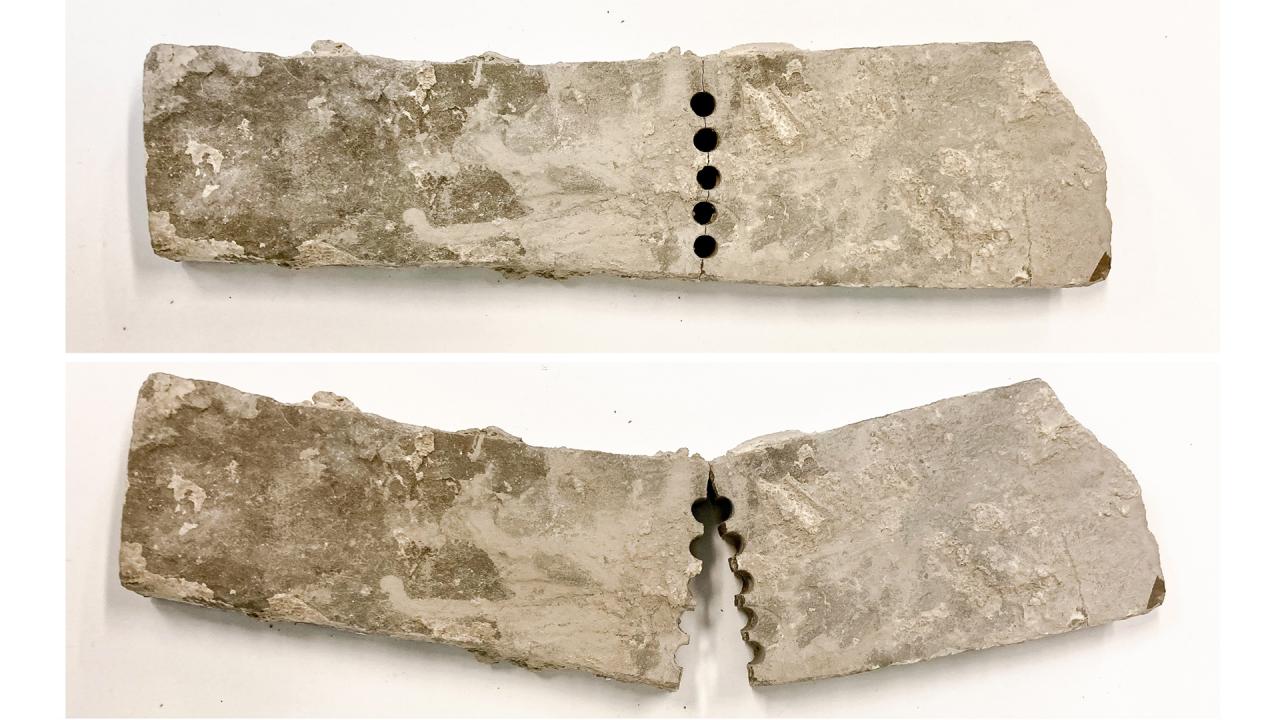
The imminent global climate emergency requires us to drastically and radically re:think our relationship with the environment. Reducing our carbon footprint while sensibly protecting and restoring our ecosystems are two of the greatest challenges of our time and generation. Architecture is one of the biggest culprits of climate change: over their full life cycle, buildings are responsible for at least 39% of global greenhouse gas emissions, and more than 50% of all resource extraction and waste production [1]. We need to fundamentally re:think architecture, and how it relates to the environment. We need to challenge architecture’s agency and we need to radically re:imagine its role in the built environment. Following the playful explorations into the reciprocities between architecture and environment from the first semester, the second semester of the 2020/21 First Year Bachelor Design Studio sequence focuses on re:thinking architecture, material, fabrication, construction, and design.
Natural processes are circular. Examples are the water or carbon cycle – metabolisms that allow the exchange of nutrients through chemical processes from one use to the next without loss in quality or amount, supported by an input of renewable energy. Beginning with Industrialization, human society continuously moved away from circular use cycles towards linear consumption practices. The results of the associated take-make-throw mentality are not only wastefulness and irresponsible resource usage, but also reduced access, increased inequality, health problems and environmental degradation. Too often, buildings follow the same path: they are being designed, constructed, used and eventually demolished – losing not only their materials to landfills but also all embedded energy, labor, skills and capital. This is not a model our planet can sustain for much longer. We need to re:think resource cycles and material reciprocities in architecture, embracing re-use and adaptability, towards circular construction within a circular economy [2].
In addition to the above described environmental and social considerations of resource use and extraction, architecture serves an important social role as part of everyday life within its surroundings and community. Good architecture even helps build this community. The creation of a space – public or private – always presents the opportunity to engage with its community. Consequently, architects have a social responsibility to carefully consider the impact of their actions on the communities they work in (and with). Architecture needs to re:think its role in society in order to build better communities along its cycle, starting from its production and construction, throughout its use phase all the way to its disassembly.
Our studio re:thinks architecture and its cycles of design, construction, and inhabitation. The course engages in materials research and informed making as a critical means to challenge architectural conventions. The course introduces new technologies and means of fabrication to enable new forms of spatial assembly and construction. Equipped with these new tools and concepts, the studio aims to contribute to building better communities by designing a series of small and circular Neighborhood Library Bus Stops in Ithaca, NY.
[1] Heisel, Felix, and Dirk E. Hebel. 2021. Urban Mining und kreislaufgerechtes Bauen: Die Stadt als Rohstofflager. Munich, Germany: Fraunhofer IRB Verlag.
[2] Architecture 2030. 2020. “The Carbon Issue.” ARCHITECT, January 2020
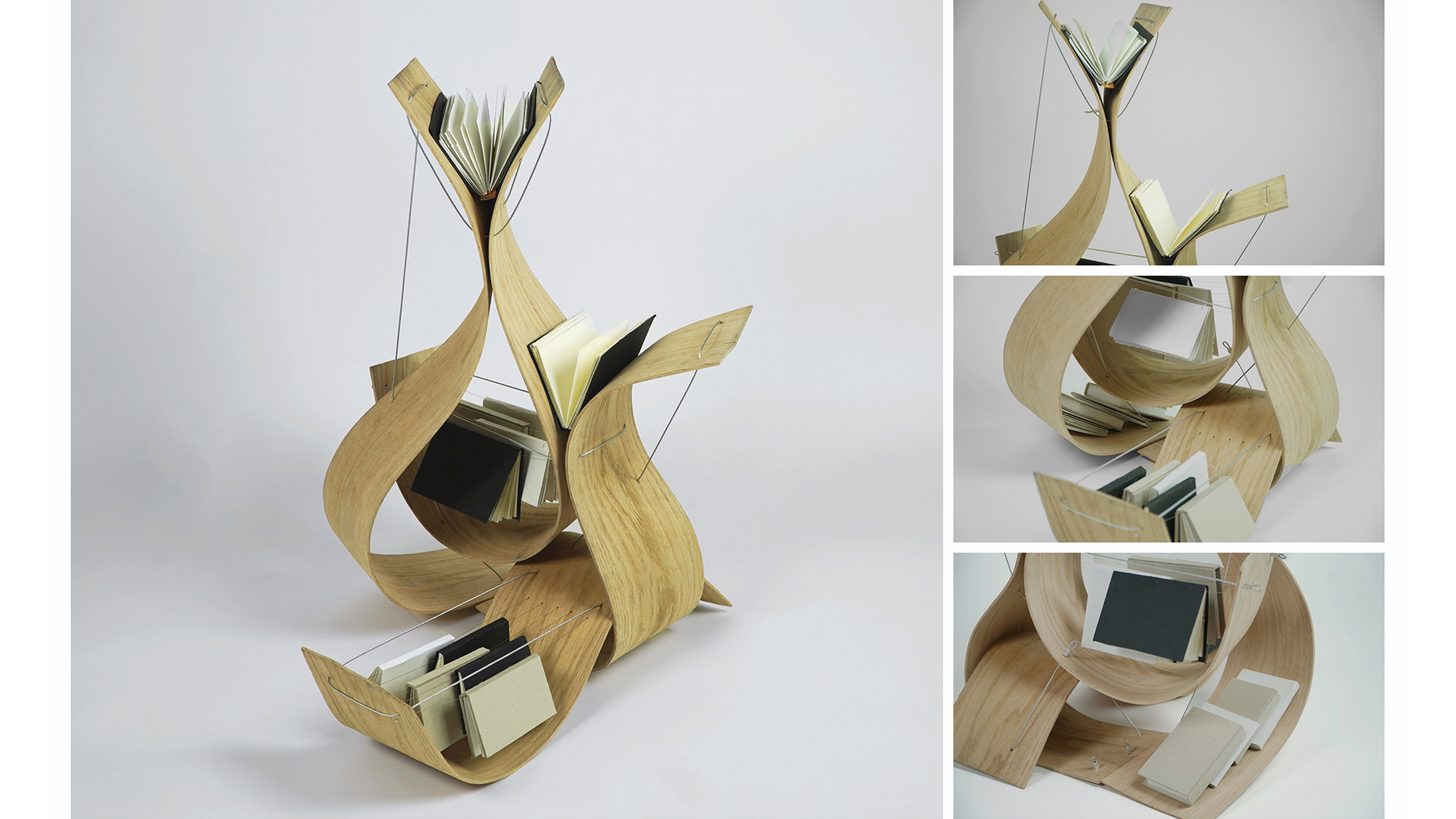
Project by Justin Mortman
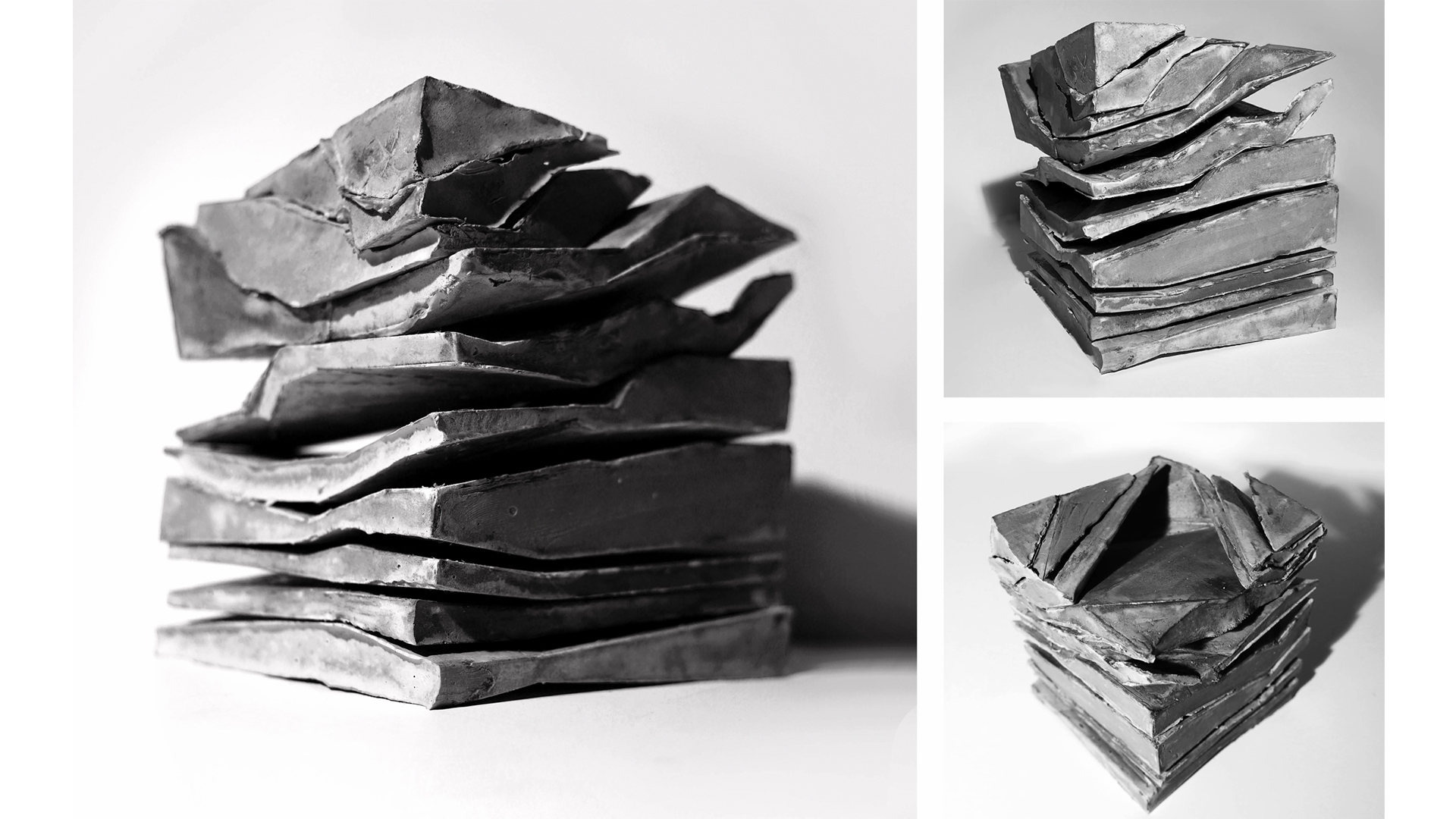
Project by Idil Derman
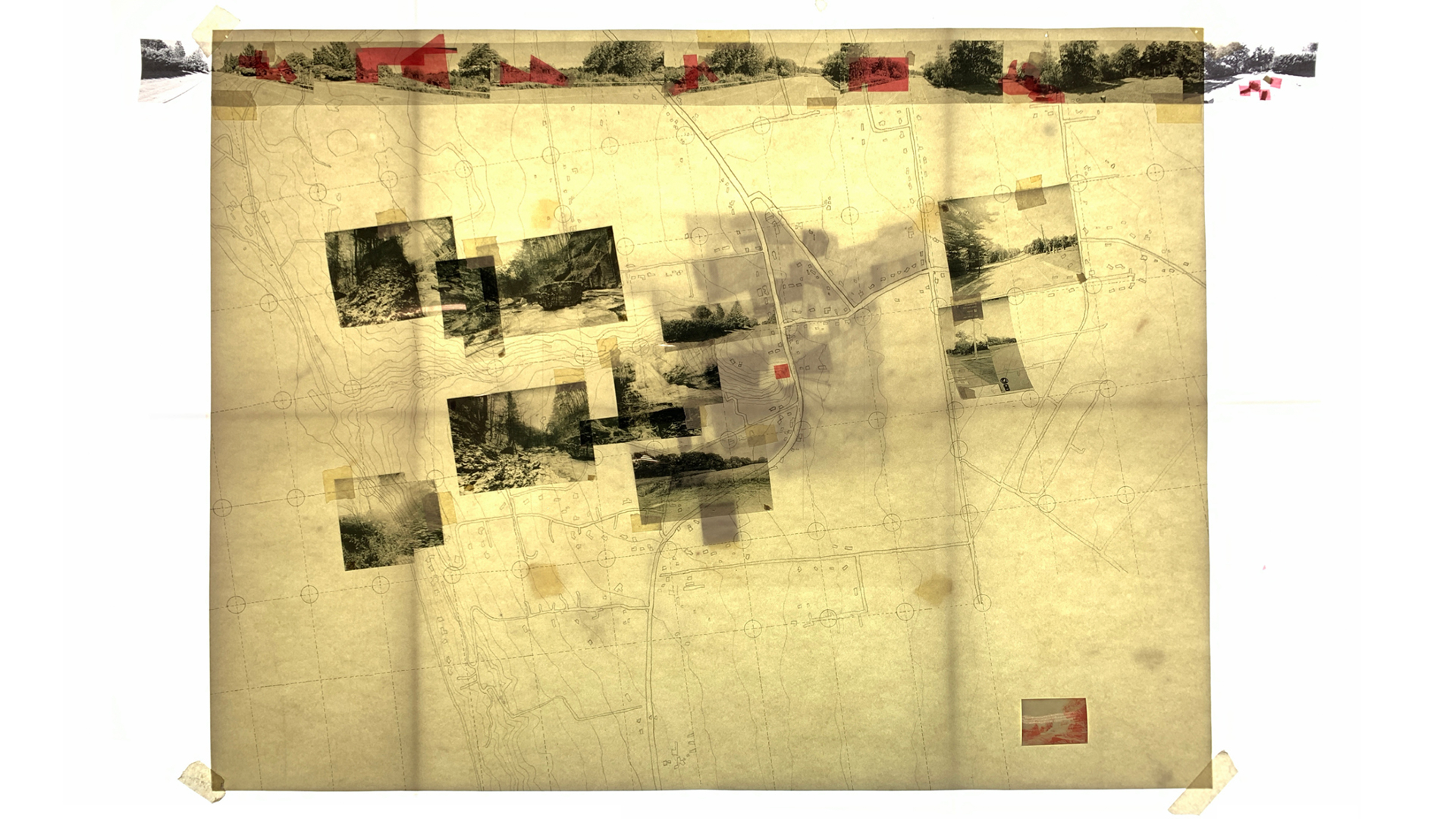
Project by Yan Jiang
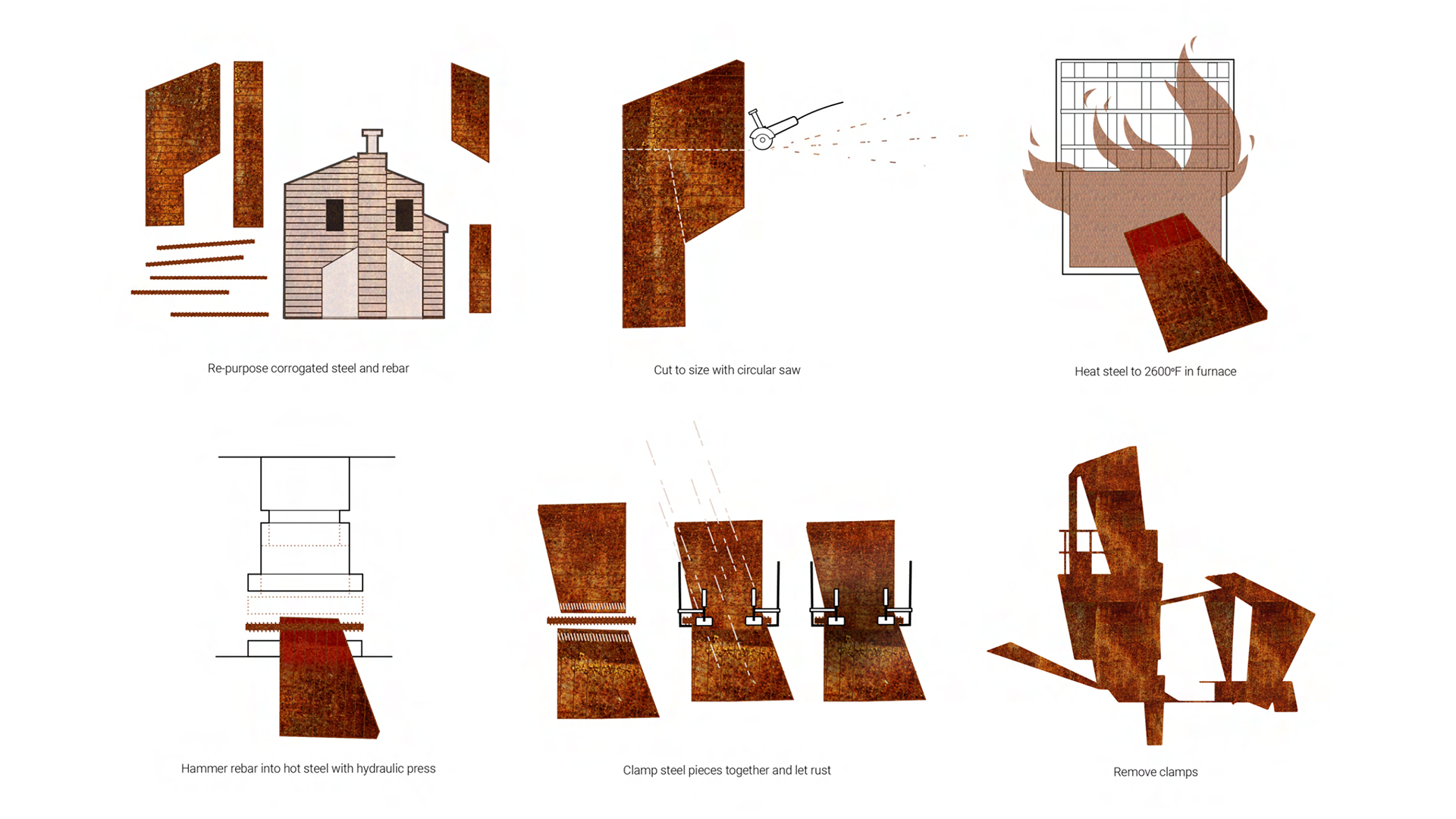
Project by Elaine Khoo
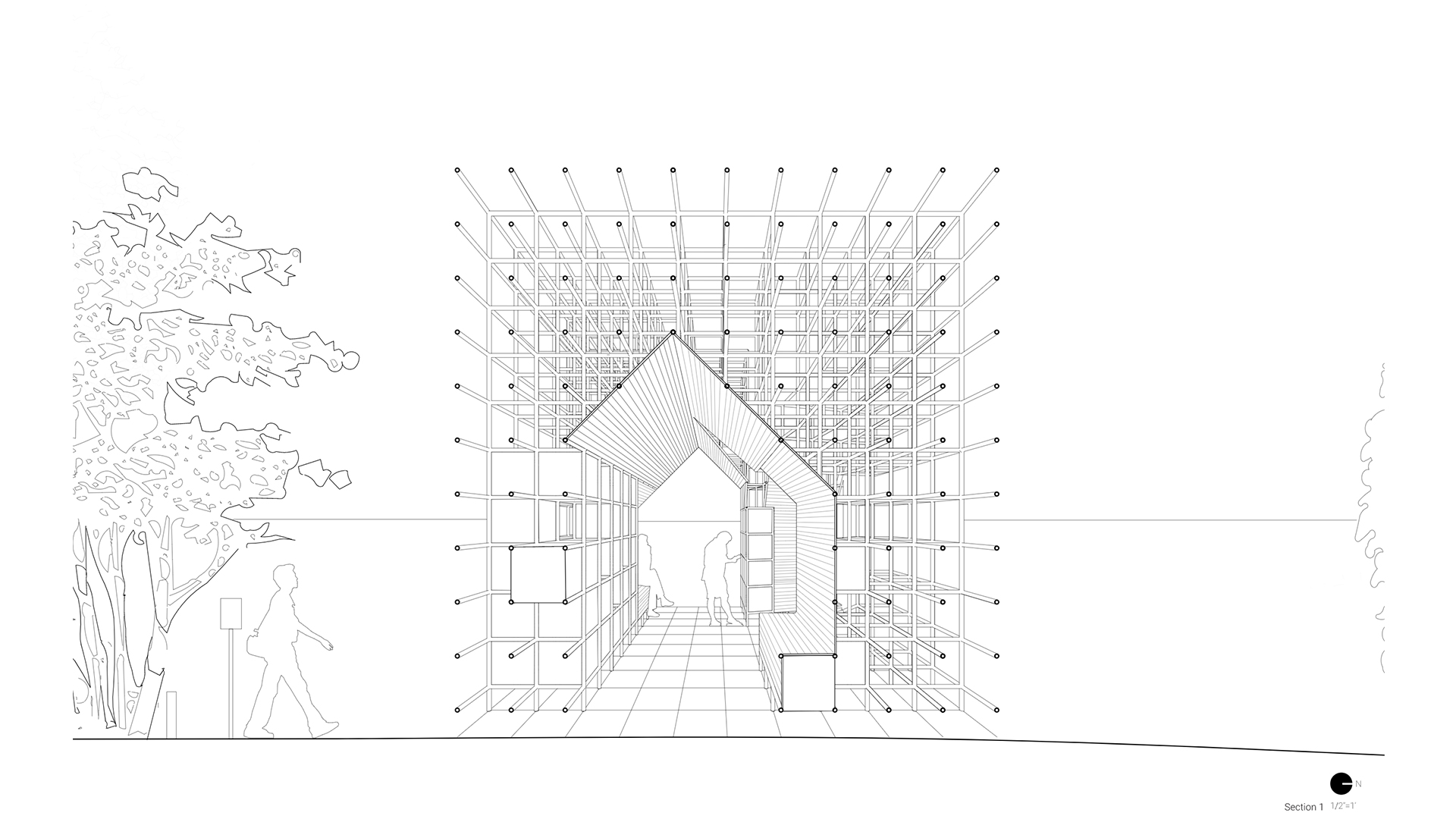
Project by Tran Nguyen
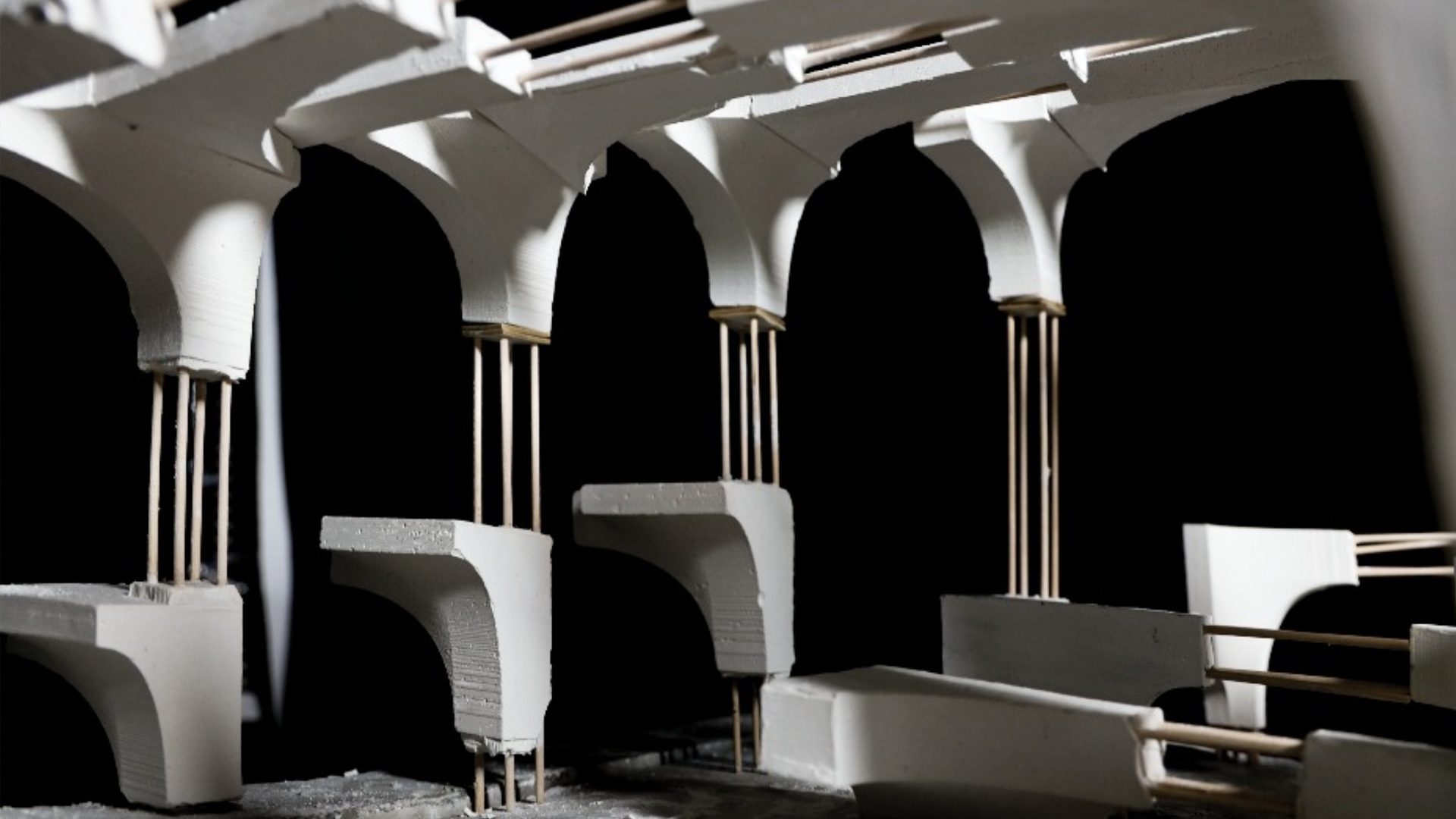
Project by Tony Liu

Project by Justin Mortman

Project by Idil Derman

Project by Yan Jiang

Project by Elaine Khoo

Project by Tran Nguyen

Project by Tony Liu
Instructors
Felix Heisel
Sasa Zivkovic *
Teaching Associates
Elias Bennett
Isa Branas
Oonagh Davis
Iris Xiaoxue Ma
Todd Petrie